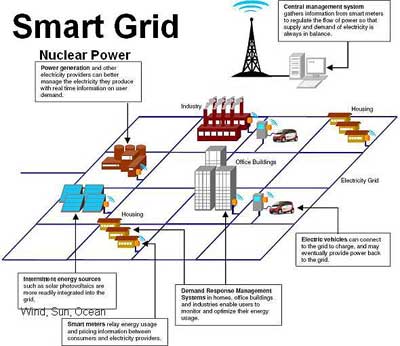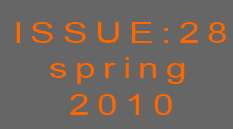
Nuclear power in smart grids minimizes carbon dioxide release into the atmosphere
Nuclear power represents the first time in the history of mankind that heat had been generated, without the use of fire, to produce electricity. Sun, wind and marine energy is also helping to generate electricity without releasing carbon dioxide into the atmosphere. The latest information and communications technology connected with modern power electronics control today’s and tomorrows’ smart grids in order to assist in the optimizing of these resources for the benefit of consumers. Nuclear power stands for stability while the use of fossil fuels is limited only to compensating for the fluctuating availability of wind, sun and marine energy. In past winters, during the coldest days, coal fired plants had to be started up to keep the Nordic grid running in equilibrium because of the lack of wind.

The European consumers’ standardisation organization ANEC, www.anec.eu/anec.asp ensures that peoples’ interests are safeguarded in all European standardization activities. Among the resources used are the IEC Global Standards for Smart Grids www.iec.ch/zone/smartgrid/ and the CENELEC www.cenelec.eu standards.
Frigyes Reisch(*)
KTH, Royal Institute of Technology, Stockholm, Sweden
(*)Frigyes is also the ANEC member on the Steering Committee for Smart Grids and Smart Meters (DG Energy, EC) and a member of the IEC Technical Committee for Nuclear Instrumentation
|

